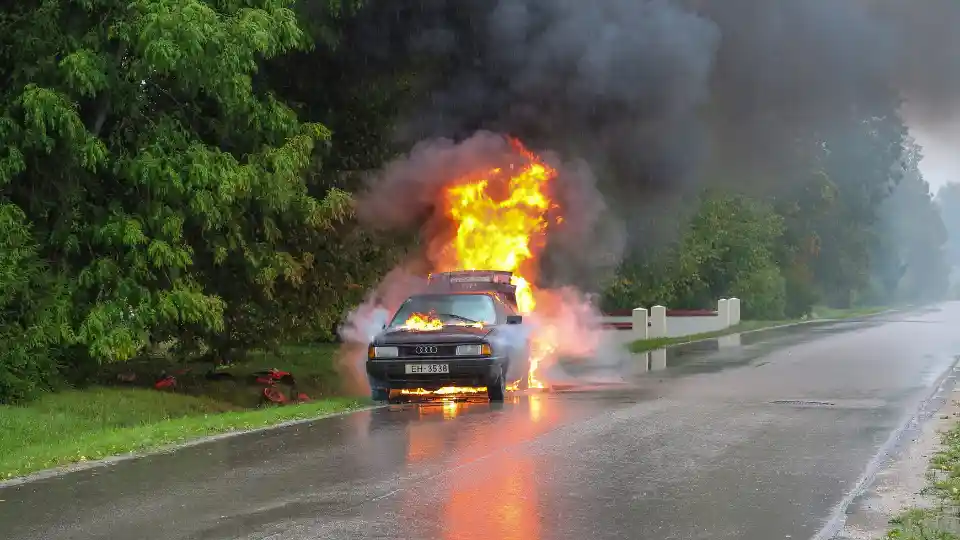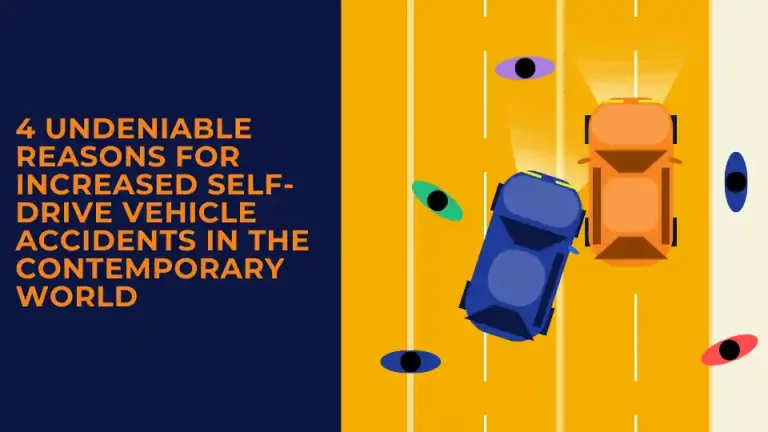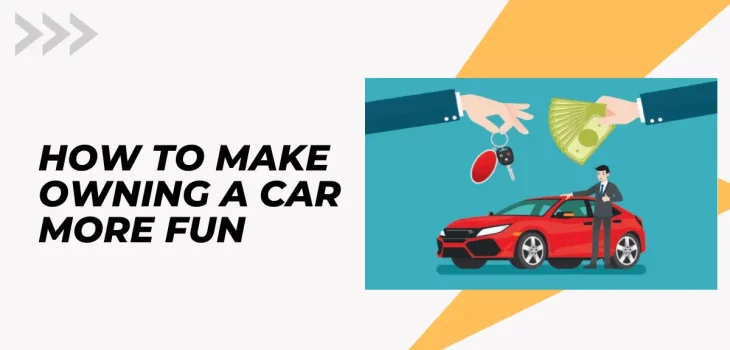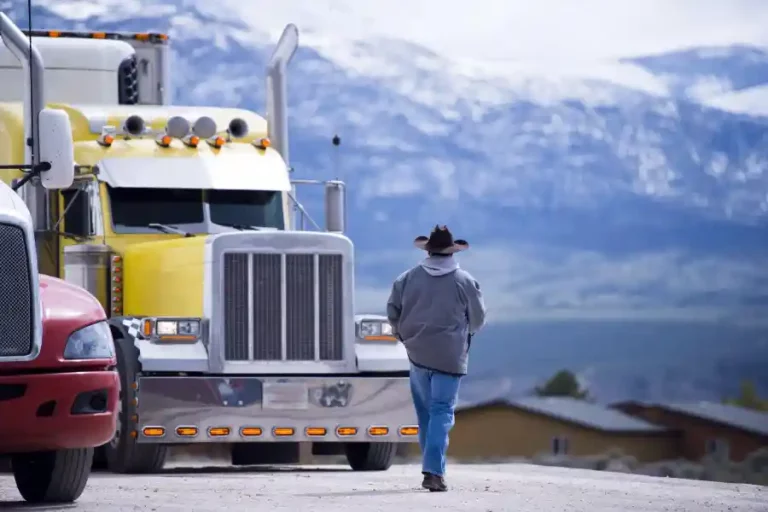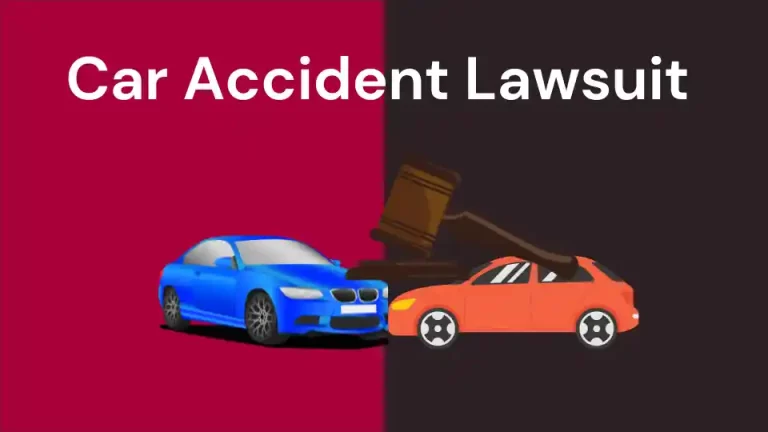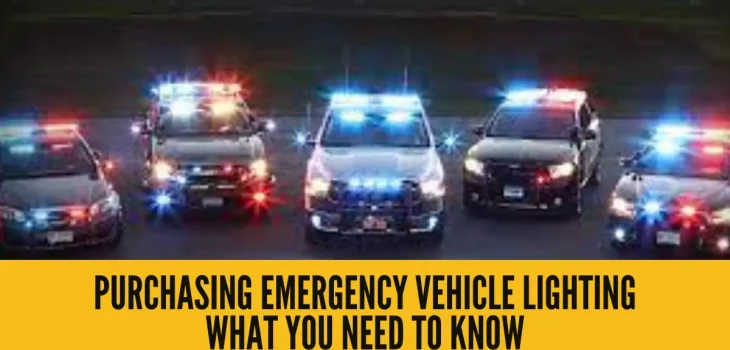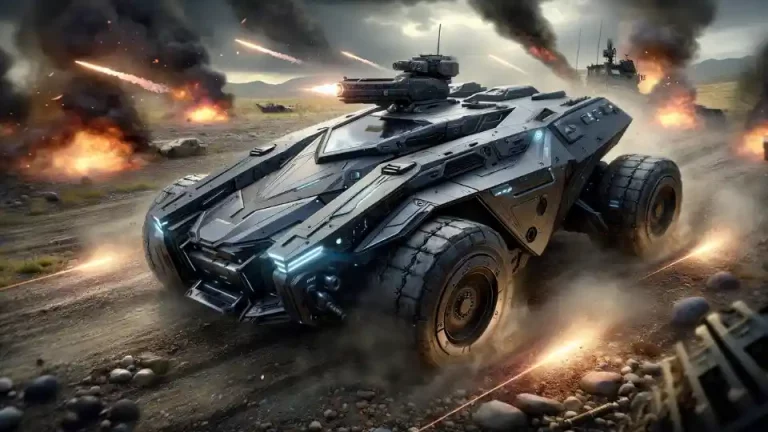The Importance of Establishing Fault in a Car Accident
Determining fault is a major concern for car accident victims. Fault determines who has the right to recover damages and which insurance company will pay out.
Reliable evidence is needed to establish fault in a car crash. Witness accounts and tangible evidence such as skid marks, photographs, and video footage are all helpful in assessing fault.
Police Report
The police report is a valuable source of information after a crash. It contains facts, such as the time of the collision, weather conditions, and an officer’s opinion about who caused the accident.
In most cases, the officer’s opinion is based on the physical evidence at the scene. The officer may speak to witnesses who saw the collision, or they may even interview those in your vehicle. In some cases, the officer may diagram the crash site to establish how the cars might have collided.
While it is essential to provide the police with your side of the story, you should avoid making spontaneous admissions about fault. A rash statement can be used against you in court. For example, if you were stopped at a red light and an oncoming car came rushing up behind you, a court might assign you a percentage of the blame for failing to move your vehicle out of the way.
Video Cameras
Many people have dashcams in their vehicles, and businesses like gas stations or convenience stores might have security cameras that record throughout the day to help identify the at-fault party in your accident case.
The adage “a picture is worth a thousand words” now applies to video proof in car accident cases and other personal injury claims. Video evidence is compelling in court because it doesn’t lie and is difficult to dispute.
It’s also a valuable tool for rebutting false statements made by witnesses. While a witness might have an alternate version of what happened, a dash cam can prove that statement is inaccurate. However, it’s important to remember that videos can sometimes hurt your case if they reveal errors in your version of events. For example, a video that shows you speaking slowly and slurring your speech could make you look less credible. This could impact your ability to win compensation.
Witness Statements
Witness statements are an essential part of your car accident case. They provide another perspective on the events and can help reduce or eliminate doubts about your version of what happened. Witnesses can include people in the vehicles involved, pedestrians nearby, local employees in businesses such as stores, and police officers.
Moreover, witnesses can also provide testimony about your injuries and what they observed about your behavior at the scene. For instance, they can talk about the extent of your pain, whether you could move, and whether you were acting aggressively at the scene.
Eye witness statements are valuable because they are from disinterested parties and can document what they saw. They can either write down their statement or record it with a smartphone, which allows them to capture what they witnessed immediately. This makes the information more likely to be understood and understood in translation. This evidence can support your claim for damages, especially in states that observe pure or contributory negligence.
Physical Evidence
When eyewitness accounts are inconclusive or unreliable, physical evidence can help investigators determine fault. This may include skid marks, damage to both vehicles or a pattern of scattered debris. Evidence can also be gathered from the cars, such as electronic data recorders, which reveal critical information like speed, steering, and brake usage just before the accident.
In addition to determining fault, evidence will play a significant role in calculating damages. For example, if the other driver slams into your passenger side and your insurance company determines that they were driving excessively fast for the road conditions, your property damage and injury claim could be reduced by their percentage of comparative fault. Insurance companies will review evidence, photographs, and video to determine whose negligence caused the crash. Ultimately, this determines who will be held responsible for compensating you.

